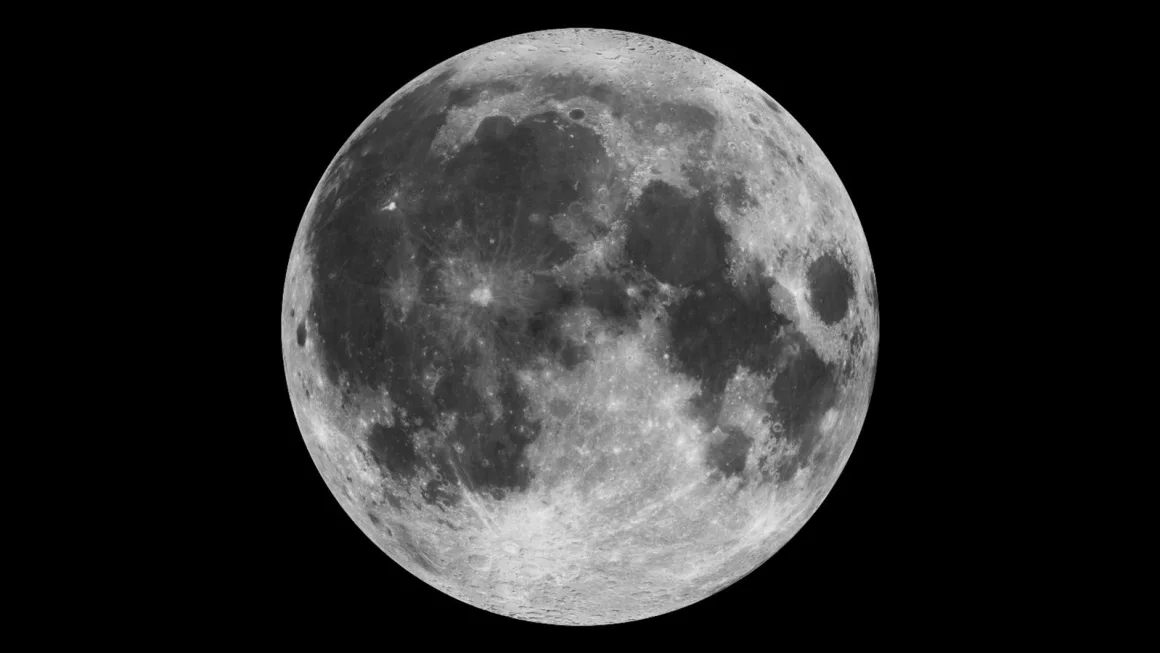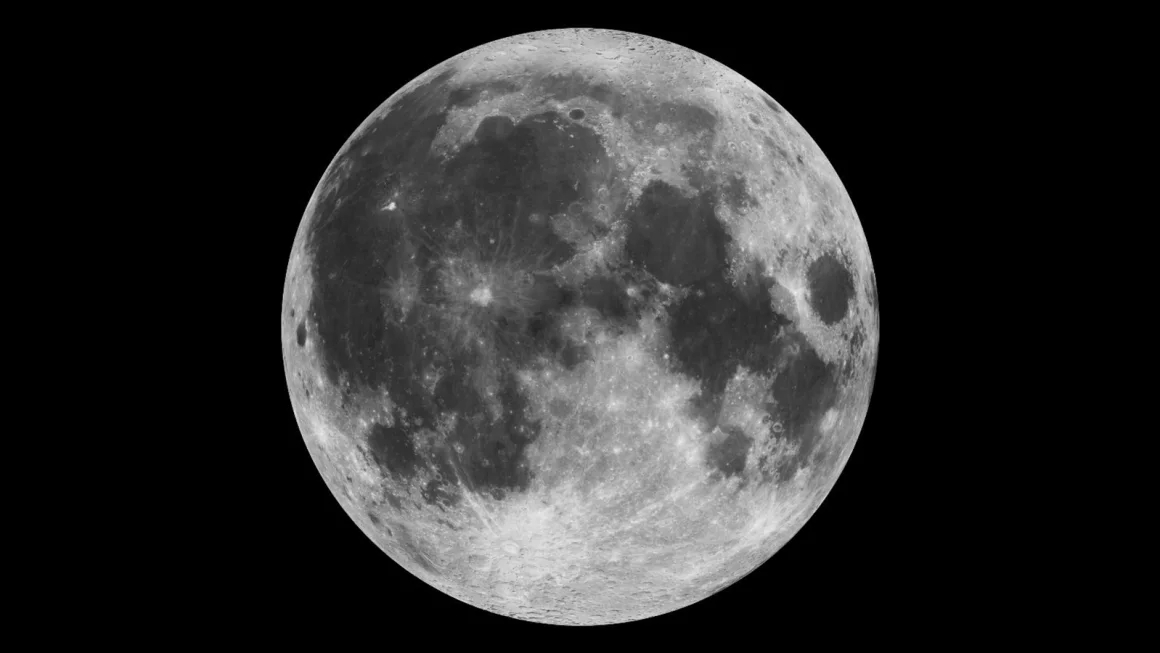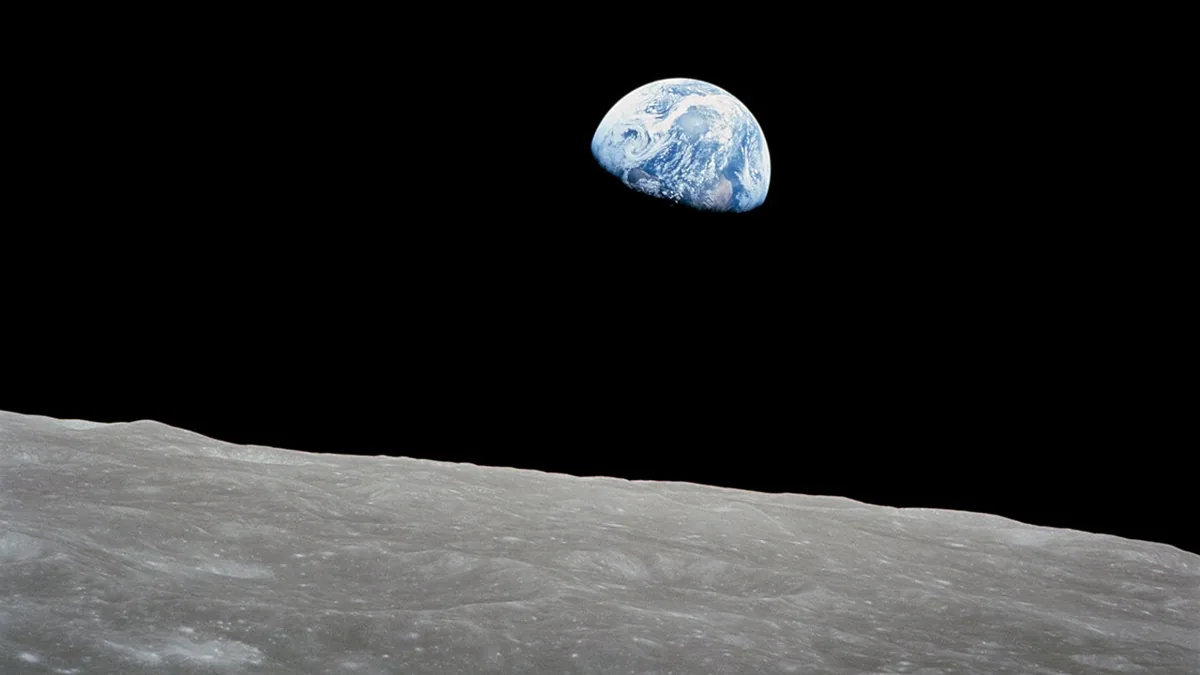
Scientists Propose Cryogenically Preserving Earth’s Species on the Moon

A group of scientists has developed a groundbreaking plan to safeguard Earth’s species by creating a cryogenic biorepository on the moon. This innovative idea aims to protect species in the event of a catastrophic disaster on Earth.
Cryogenic Preservation on the Moon
The concept leverages craters on the moon that remain in permanent shadow, which are cold enough to allow cryogenic preservation without the need for electricity or liquid nitrogen. This research, led by scientists at the Smithsonian, was recently published in the journal BioScience. The plan builds on the successful cryopreservation of fish skin samples and outlines methods for preserving other species.
Initial Focus and Long-Term Goals
Mary Hagedorn, a research cryobiologist at the Smithsonian’s National Zoo and Conservation Biology Institute (NZCBI) and the lead author of the paper, explained the project’s scope. “Initially, a lunar biorepository would target the most at-risk species on Earth today, but our ultimate goal would be to cryopreserve most species on Earth,” Hagedorn stated. The team hopes to find additional partners to expand the conversation, discuss threats and opportunities, and conduct the necessary research and testing to make this biorepository a reality.
Inspiration from the Global Seed Vault
The idea of the lunar biorepository is inspired by the Global Seed Vault in Svalbard, Norway’s Arctic, which safeguards over a million seed varieties to preserve crop diversity. However, the Seed Vault faced a flood risk in 2017 due to climate change, highlighting the potential dangers to such preservation efforts on Earth.
Challenges and Solutions
Animal cells require much colder temperatures than plant cells for preservation, specifically at least -320 degrees Fahrenheit (-196 degrees Celsius). Achieving these temperatures on Earth necessitates a reliable supply of liquid nitrogen, electricity, and human staff, which could be compromised in a global disaster. To mitigate this risk, the team proposed using the moon’s natural conditions for passive cryopreservation.
The lunar polar regions contain craters with temperatures as low as -410 degrees Fahrenheit (-246 degrees Celsius). The scientists also considered radiation protection, suggesting that samples be stored underground or within structures made from lunar rocks. Further research is needed to assess the effects of radiation exposure and microgravity on cryopreserved samples.
A Parallel Approach to Biodiversity Conservation
Hagedorn emphasized that this biorepository is not meant to be a last-resort backup if Earth is biologically destroyed. Instead, it aims to offset natural disasters and potentially support space travel. “Life is precious and, as far as we know, rare in the universe. This biorepository provides another, parallel approach to conserving Earth’s precious biodiversity,” she noted.

Concerns and Perspectives
Rob Brooker, head of ecological sciences at the James Hutton Institute in Scotland, acknowledged the paper’s thought-provoking nature but expressed concerns about the cost and effort involved. He warned that it might detract from ongoing conservation efforts and international commitments to protect nature.
Similarly, Sally Keith, a senior lecturer in Marine Biology at Lancaster University, questioned the immediate utility of the approach. She suggested that resources might be better spent on conserving ecosystems like forests, coral reefs, and freshwater lakes on Earth.
By preserving Earth’s biodiversity on the moon, scientists hope to create a backup for the planet’s most precious and vulnerable species, ensuring their survival in the face of future challenges.



